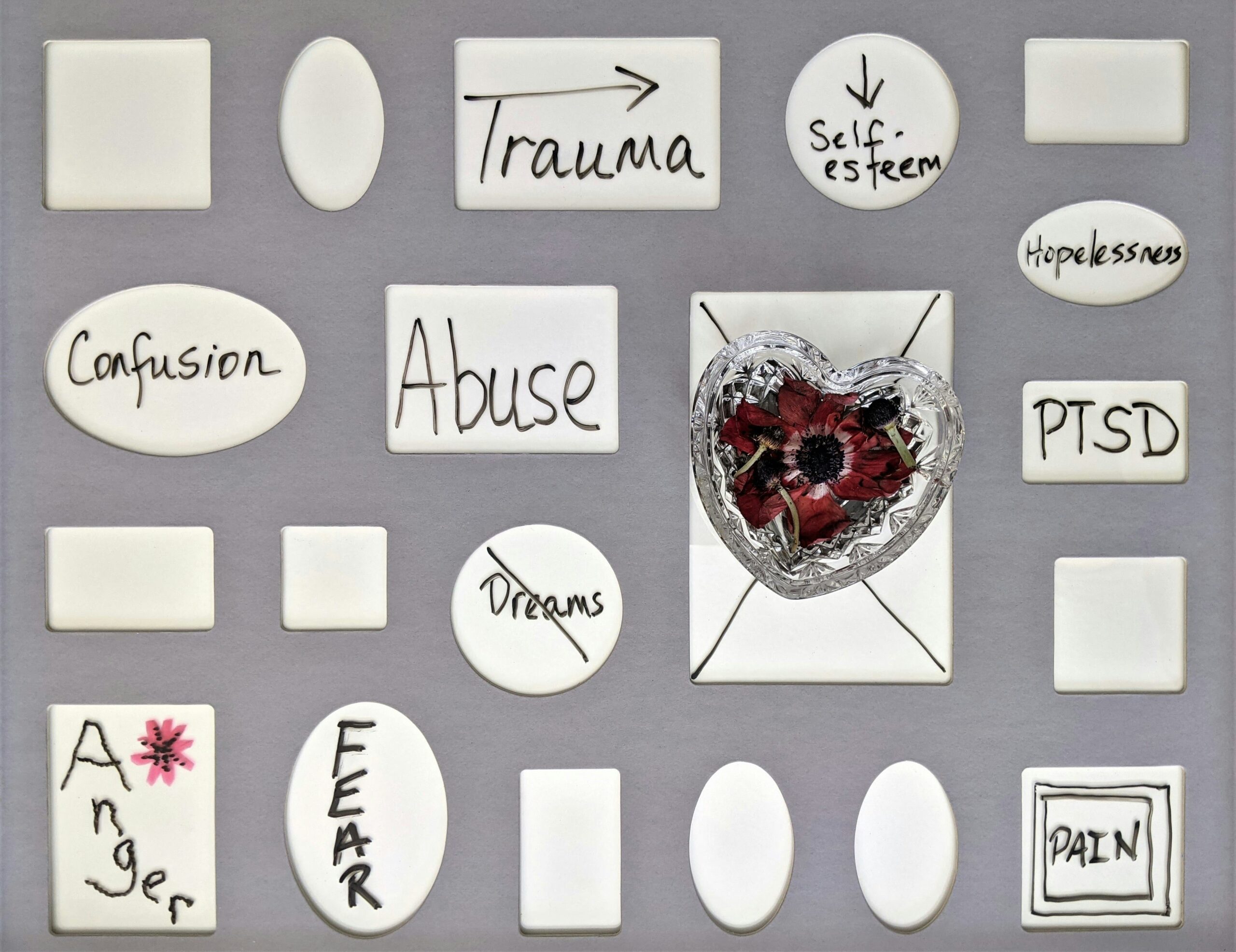
Understanding C-PTSD
C-PTSD, or Complex Post-Traumatic Stress Disorder, is a psychological condition that can develop after experiencing prolonged and repeated trauma. Unlike traditional PTSD, which is typically caused by a single traumatic event, C-PTSD is often a result of ongoing abuse, neglect, or other forms of trauma over an extended period of time.
Recognizing the Symptoms
People with C-PTSD may experience a wide range of symptoms that can significantly impact their daily lives. These symptoms may include:
- Flashbacks and intrusive memories
- Emotional dysregulation
- Difficulty forming and maintaining relationships
- Feelings of shame, guilt, or worthlessness
- Hypervigilance and an exaggerated startle response
- Sleep disturbances
- Difficulty concentrating
- Chronic feelings of emptiness or numbness
The Importance of Seeking Help
If you suspect that you or someone you know may be struggling with C-PTSD, it is crucial to seek professional help. A therapist who specializes in trauma can provide the necessary support and guidance to help individuals manage their symptoms and work towards healing.
Goals to Combat C-PTSD
When it comes to combatting C-PTSD, there are several important goals to keep in mind. These goals, when pursued with the help of a therapist, can contribute to the healing process and improve overall well-being:
1. Developing Emotional Regulation Skills
One of the key goals in treating C-PTSD is to develop effective emotional regulation skills. This involves learning how to identify and manage intense emotions in a healthy and constructive manner. Through therapy, individuals can explore different techniques such as deep breathing exercises, mindfulness practices, and grounding techniques to better regulate their emotions.
2. Building a Supportive Network
Building a strong support network is essential for individuals with C-PTSD. This includes surrounding oneself with understanding and empathetic individuals who can provide emotional support and validation. Therapy can help individuals identify and establish healthy relationships, while also addressing any attachment issues that may arise due to past trauma.
3. Processing Traumatic Memories
Processing and making sense of traumatic memories is a crucial step in healing from C-PTSD. Therapy provides a safe and supportive environment for individuals to explore and process their traumatic experiences. Through various therapeutic techniques, such as cognitive processing therapy or eye movement desensitization and reprocessing (EMDR), individuals can work towards integrating these memories into their narrative in a way that promotes healing and growth.
4. Cultivating Self-Compassion
Self-compassion is an important aspect of healing from C-PTSD. Many individuals with C-PTSD often struggle with feelings of shame and self-blame. Therapy can help individuals develop self-compassion by challenging negative self-beliefs, practicing self-care, and learning to be kind and understanding towards oneself.
5. Establishing Boundaries
Establishing healthy boundaries is crucial for individuals with C-PTSD. Therapy can help individuals identify and set boundaries in relationships, work, and other areas of life. Learning to say no, recognizing one’s own limits, and advocating for one’s needs are important skills that can contribute to overall well-being and recovery.
6. Addressing Core Beliefs
C-PTSD often leads to the development of negative core beliefs about oneself and the world. These beliefs can be deeply ingrained and can significantly impact one’s mental health and well-being. Therapy can help individuals identify and challenge these negative beliefs, replacing them with more positive and realistic ones.
7. Developing Coping Strategies
Developing healthy coping strategies is essential for managing the symptoms of C-PTSD. Therapy can help individuals explore and develop effective coping mechanisms, such as engaging in relaxation exercises, practicing self-care activities, and engaging in hobbies or activities that bring joy and fulfillment.
8. Promoting Self-Expression
Encouraging self-expression is an important goal in the treatment of C-PTSD. Therapy can provide individuals with a safe space to express their thoughts, feelings, and experiences without judgment. This can be done through various forms of therapy, such as art therapy, journaling, or talk therapy.
Conclusion
While combatting C-PTSD can be a challenging journey, with the help of a therapist and a commitment to these goals, individuals can work towards healing and reclaiming their lives. Remember, seeking professional help is essential, and there is hope for a brighter future.


